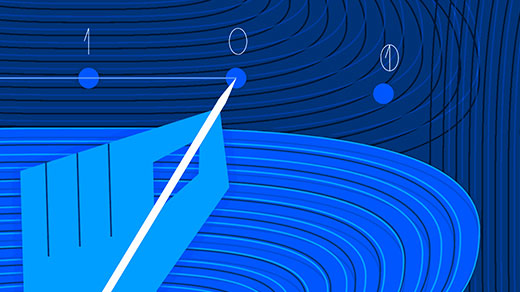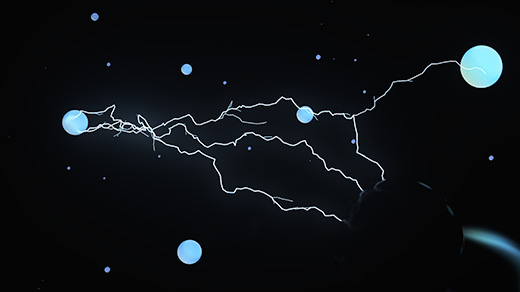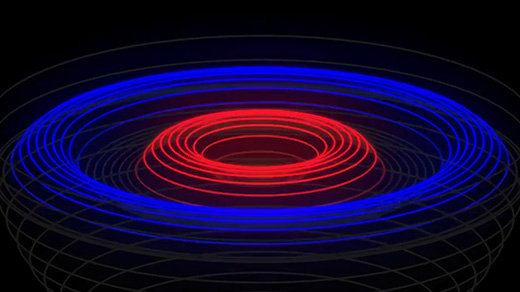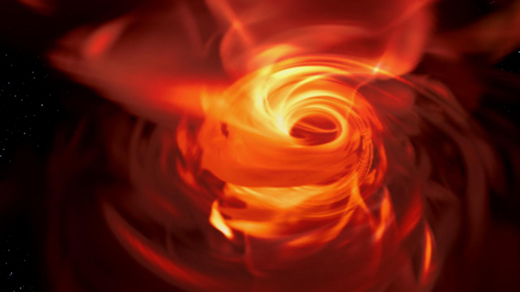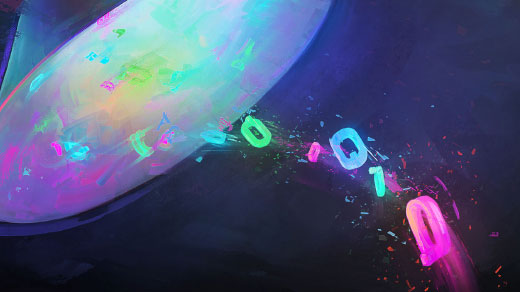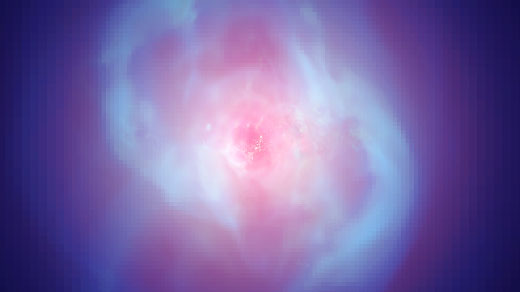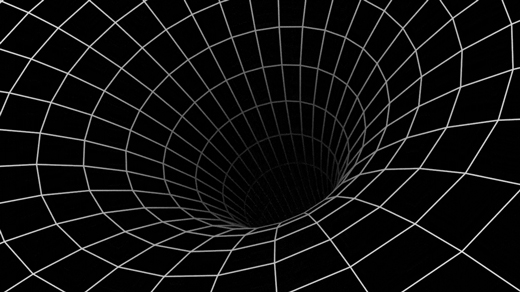What's up in
Black holes
Latest Articles
The Physicist Who Slayed Gravity’s Ghosts
Claudia de Rham showed how theories of “massive gravity” could potentially get rid of the need for dark energy.
Spotting Quantum Black Holes in the Lab
Can we test speculations about how quantum physics affects black holes and the Big Bang?
Why Gravity Is Not Like the Other Forces
We asked four physicists why gravity stands out among the forces of nature. We got four different answers.
Black Hole Paradoxes Reveal a Fundamental Link Between Energy and Order
By chewing on the problems posed by “extremal” black holes, physicists have exposed a surprising and universal connection between energy and entropy.
New Math Proves That a Special Kind of Space-Time Is Unstable
Einstein’s equations describe three canonical configurations of space-time. Now one of these three — important in the study of quantum gravity — has been shown to be inherently unstable.
Why Are Black Holes So Bright?
And why is the black hole at the center of our own galaxy so dim?
Wormholes Reveal a Way to Manipulate Black Hole Information in the Lab
A proposal for building wormhole-connected black holes offers a way to probe the paradoxes of quantum information.
Astronomers Find Black Holes Stirring Up the Biggest Galaxies
After a space telescope disintegrated, astrophysicists had little hope of understanding how supermassive black holes agitate giant galaxies. Then they invented a hack.
Black Hole Singularities Are as Inescapable as Expected
For the first time, physicists have calculated exactly what kind of singularity lies at the center of a realistic black hole.

